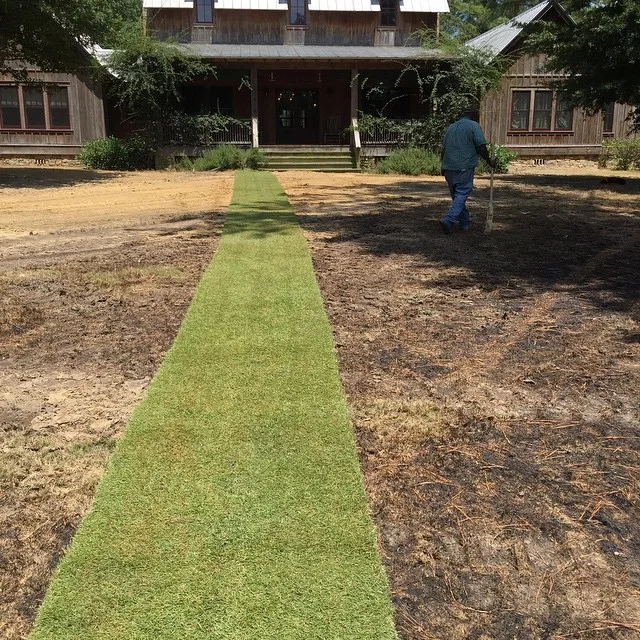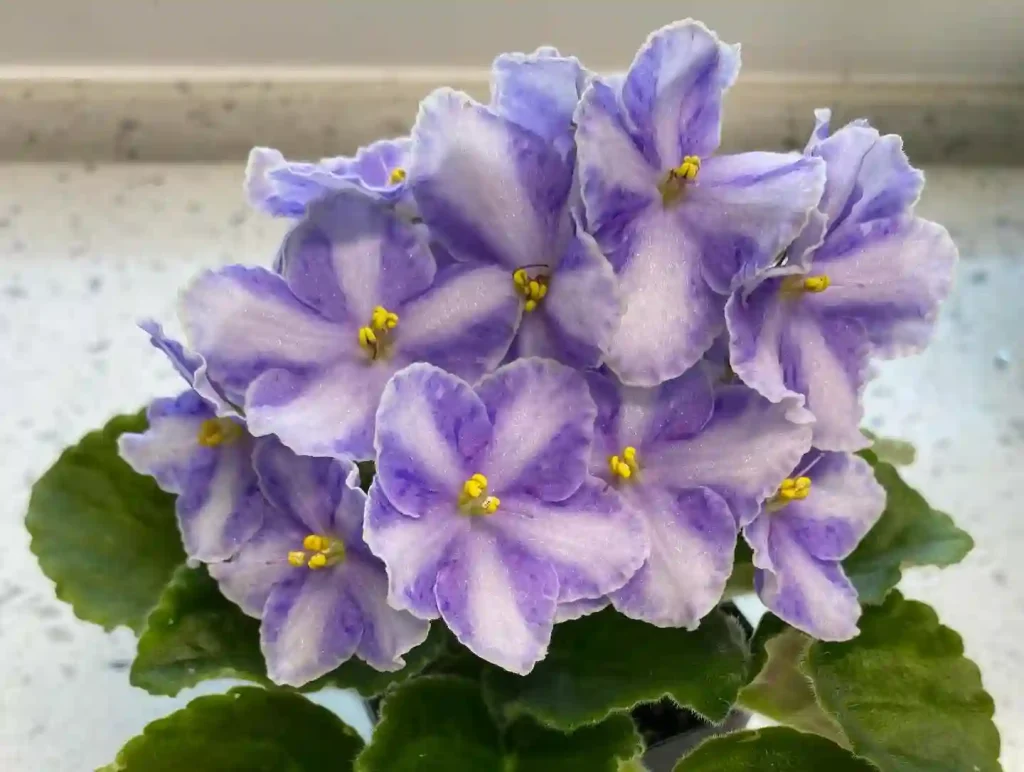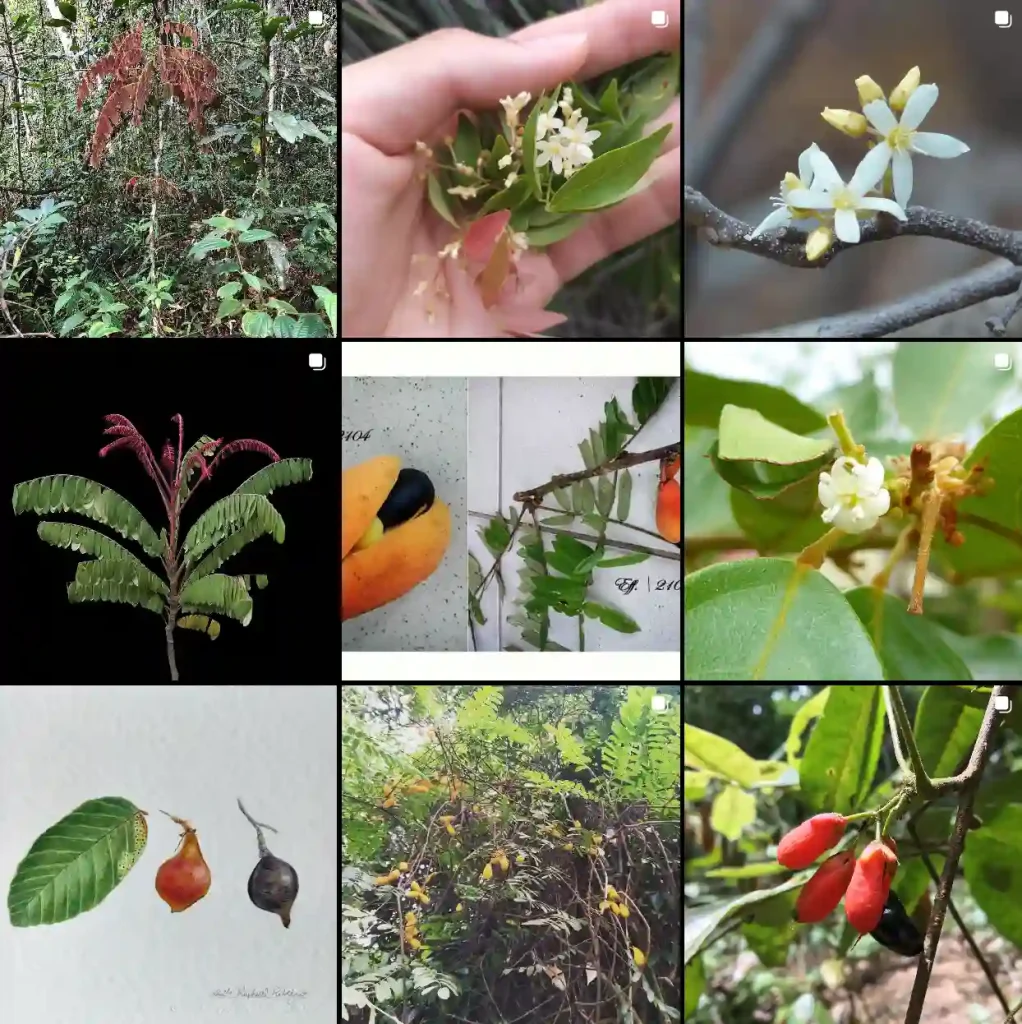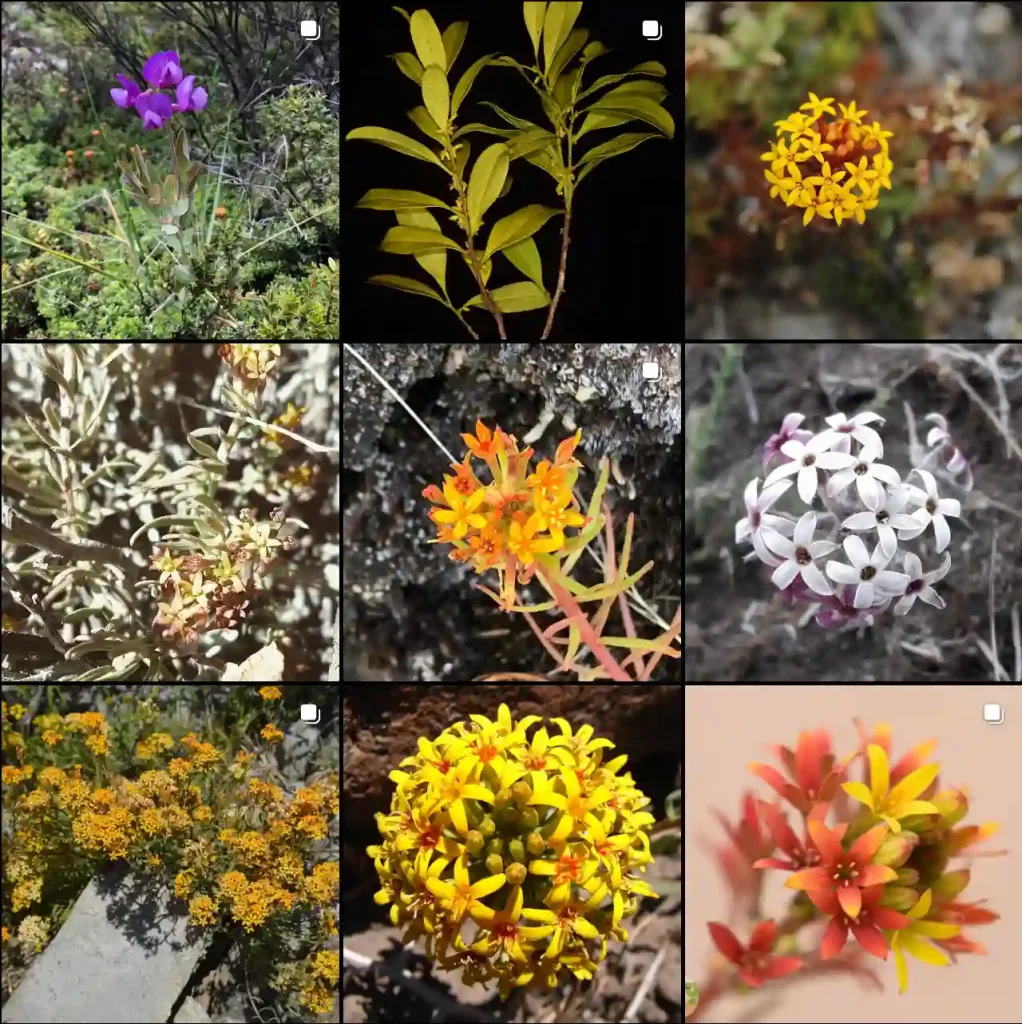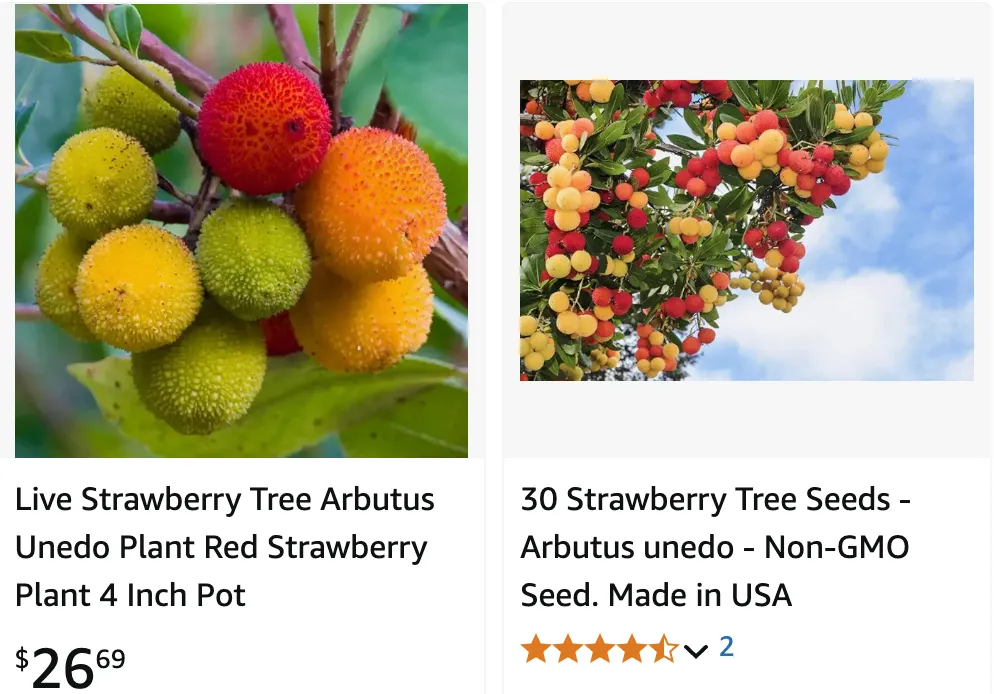
July 6 – Arbutus
"Arbutus, the strawberry tree, represents July 6."
Arbutus symbolizes renewal and generosity. You are kind-hearted and offer comfort to those in need. Like its fruit-bearing branches, you nurture and bring joy to others.
The Enchanting Arbutus: A Personal Exploration
As a nature enthusiast, I’ve always been drawn to the unique and captivating. There’s a certain genus of tree that has held my fascination for years now: the Arbutus. Maybe it’s the way their bark peels away like old skin, revealing a smooth, reddish layer beneath. Or perhaps it’s the way their bell-shaped flowers dangle delicately, giving way to vibrant, berry-like fruit. Whatever the reason, I find myself captivated by these trees, and I’d like to share that fascination with you.
A Diverse Family
Arbutus is a genus of about 14 recognized species. These evergreen trees and shrubs belong to the Ericaceae family, which also includes rhododendrons and heathers. They’re native to warm temperate regions around the globe, including the Mediterranean, western Europe, the Canary Islands, and North America. Let’s delve into species:
- Arbutus unedo: This is the most well-known species, often referred to as the “strawberry tree.” Native to the Mediterranean region and western Europe, it’s admired for its striking red bark, white or pink flowers, and strawberry-like fruit. Plant FAQs: Arbutus Unedo
- Arbutus menziesii: Known as the Pacific madrone, this species is a prominent feature of the Pacific Northwest landscape. It’s the largest of the Arbutus species and can reach impressive heights. Plant FAQs: Arbutus Menziesii – Pacific Madrone
- Arbutus andrachne: The Greek strawberry tree, native to the eastern Mediterranean region, boasts smooth, reddish-brown bark and larger fruit than A. unedo.
- Arbutus canariensis: Endemic to the Canary Islands, this species has a distinctive pale pink bark and larger leaves than other Arbutus species.
- Arbutus xalapensis: Commonly known as the Texas madrone, this species is native to Texas, New Mexico, and Mexico. It’s known for its tolerance of dry conditions.
- Arbutus × andrachnoides Link
- Arbutus × androsterilis Salas, Acebes & del Arco
- Arbutus arizonica (A.Gray) Sarg.
- Arbutus bicolor S.González, M.González & P.D.Sørensen
- Arbutus madrensis S.González
- Arbutus mollis Kunth
- Arbutus occidentalis McVaugh & Rosatti
- Arbutus pavarii Pamp.
- Arbutus tessellata P.D.Sørensen
More Than Just a Pretty Face
The allure of Arbutus goes beyond its aesthetic appeal. These trees have a rich history of practical uses. The fruit of many species, particularly A. unedo, is edible and can be eaten raw, cooked into jams and preserves, or even fermented into alcoholic beverages. In some cultures, the leaves and bark have been used for medicinal purposes, thanks to their astringent and antiseptic properties. The wood, though hard to work with, is valued for its beauty and durability, and has been used in furniture making and woodturning.
A Symbol of Resilience
Beyond their practical uses, Arbutus trees hold symbolic significance in many cultures. In Celtic mythology, the Arbutus is associated with protection and sanctity. In some Native American cultures, the Pacific madrone is revered as a symbol of strength and endurance, its ability to survive wildfires seen as a testament to its resilience.
A Personal Connection
My own appreciation for Arbutus stems from a childhood memory. I grew up exploring the hills near my home, and I often came across stands of Pacific madrone. I was mesmerized by their smooth, reddish bark, which seemed to glow in the sunlight. I would spend hours wandering among these trees, marveling at their unique beauty. Even today, the sight of an Arbutus brings back those fond memories and fills me with a sense of peace and wonder.
Facing the Future
Despite their resilience, Arbutus trees are facing challenges. Habitat loss, climate change, and the introduction of invasive species are all threats to their survival. It’s crucial that we take steps to protect these magnificent trees and ensure their continued presence in our landscapes. This can involve supporting conservation efforts, planting Arbutus trees in our gardens, and educating others about their importance.
In conclusion, the Arbutus genus is a captivating group of trees that offer beauty, practicality, and symbolic meaning. From the iconic strawberry tree of the Mediterranean to the towering Pacific madrone of the Pacific Northwest, each species has its own unique charm. As we face an uncertain future, it’s more important than ever to appreciate and protect these remarkable trees.
If i die, water my plants!
